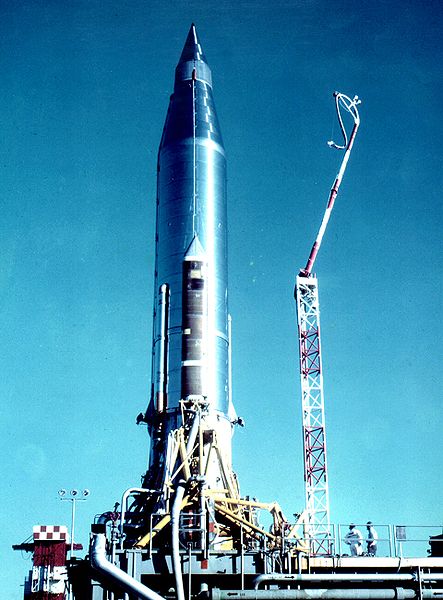The Molniya series satellites were military and communications satellites launched by the Soviet Union from 1965 to 2004. These satellites used highly eccentric elliptical orbits known as Molniya orbits, which have a long dwell time over high latitudes. They are suited for communications purposes in polar regions, in the same way that geostationary satellites are used for equatorial regions.
Molniya 1
Groundtrack of Molniya orbit. In the operational part of the orbit (4 hours on each side of apogee), the satellite is north of 55.5° N (latitude of for example central Scotland, Moscow and southern part of Hudson Bay). A satellite in this orbits spends most of its time in the northern hemisphere and passes quickly over the southern hemisphere.
A communications satellite is an artificial satellite that relays and amplifies radio telecommunication signals via a transponder; it creates a communication channel between a source transmitter and a receiver at different locations on Earth. Communications satellites are used for television, telephone, radio, internet, and military applications. Many communications satellites are in geostationary orbit 22,236 miles (35,785 km) above the equator, so that the satellite appears stationary at the same point in the sky; therefore the satellite dish antennas of ground stations can be aimed permanently at that spot and do not have to move to track the satellite. Others form satellite constellations in low Earth orbit, where antennas on the ground have to follow the position of the satellites and switch between satellites frequently.
Replica of an Iridium satellite
Replica of Sputnik 1
The Atlas-B with SCORE on the launch pad; the rocket (without booster engines) constituted the satellite.
An Iridium satellite






